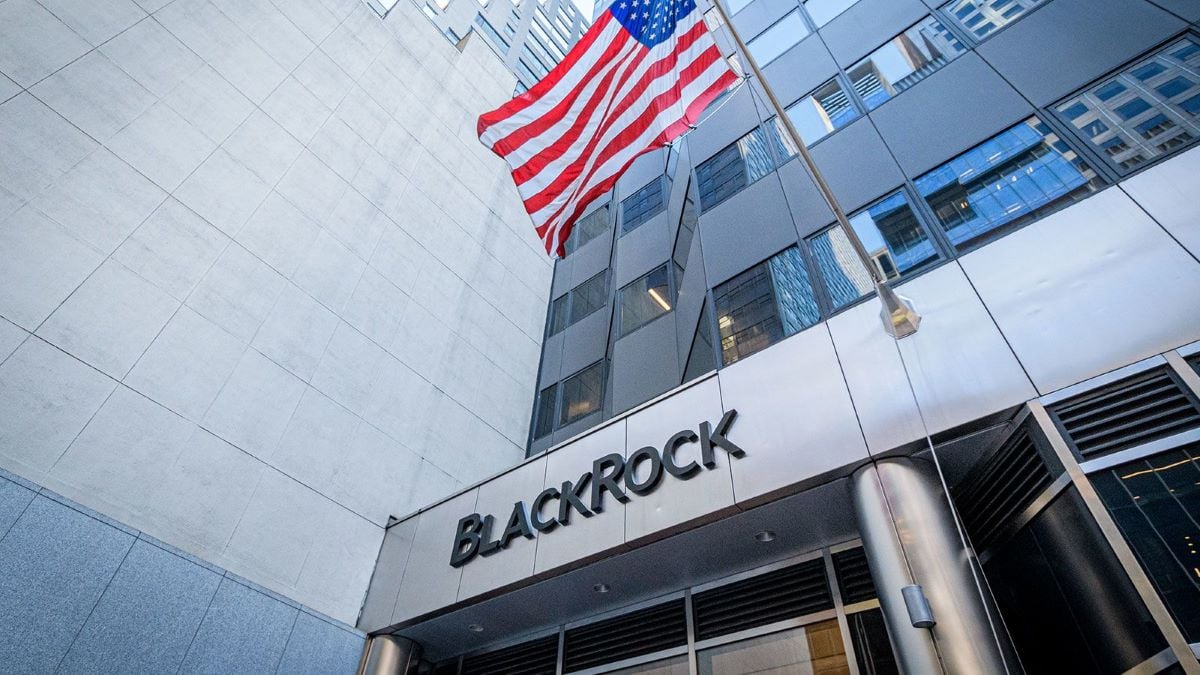- Tokenized treasuries are gaining ground but will complement, not fully replace, stablecoins due to liquidity and usability.
- BlackRock’s BUIDL tokenized treasury fund showcases rapid adoption of RWA tokenization in institutional finance.
JPMorgan has highlighted the increasing competition between tokenized treasuries and stablecoins, with funds such as BlackRock’s BUIDL threatening the latter’s market dominance.
Now one of the biggest tokenized Treasury products, BlackRock’s BUIDL fund has exhibited a substantial increase in a short amount of time, rapidly outpacing other prominent participants in the market.
BlackRock’s BUIDL Draws Institutional Attention Amid the Rise of Tokenized Treasuries
Because they provide institutional investors safe, regulated options, tokenized treasuries—like BlackRock’s BUIDL—are attracting interest. These products use blockchain technology’s efficiency while leveraging the security and yield of government-backed securities.
Though these tokenized assets won’t completely replace stablecoins, JPMorgan argues despite this increase in popularity, these tokens will not Deeply ingrained in the crypto ecosystem, stablecoins offer necessary liquidity for trading, decentralized finance (DeFi), and cross-border payments, so they are indispensable in the modern digital financial sector.
The growing need for more open and safe financial instruments is one of the main causes of increased competitiveness. Particularly in a high-interest rate climate, tokenized treasuries let organizations leverage assets with great yields.
With BlackRock’s BUIDL alone having a market valuation of $375 million in just a few weeks, this expansion has resulted in the tokenized Treasury market today nearing $2 billion.
Furthermore, the way blockchain improves openness and accessibility in financial markets draws big companies like BlackRock, which is progressively adopting blockchain for asset tokenizing.
Stablecoins Outpace Tokenized Treasury Due to Liquidity Challenges
Tokenized treasuries still have problems like liquidity concerns that restrict their wider acceptance even with their advantages. Conversely, because of their liquidity and utility, stablecoins—especially in DeFi and crypto trading markets—have become rather strong.
Traders and companies utilize them daily for settlements and hedging needs; they provide a degree of accessibility and speed tokenized treasuries now cannot match.
Furthermore, industry executives predict much more widespread asset tokenization outside tokenized treasuries. Blockchain systems allow not just government bonds but also real estate, equities, and other assets to be digitized, therefore indicating the next horizon in conventional financial assets traveling on-chain.
Still, JPMorgan’s perspective is that stablecoins will always coexist with tokenized assets since each has different uses in the financial ecosystem.
Furthermore, CNF has noted that the distributed Oracle network of Chainlink would be very important for enabling effective and safe tokenizing mechanisms for products like BlackRock’s BUIDL.
On the other hand, underscoring the expanding diversification of blockchain-based assets in mainstream finance, BlackRock CEO Larry Fink has also said that Bitcoin is developing into its own class of asset with unlikely effect from U.S. election outcomes, according to CNF.





















